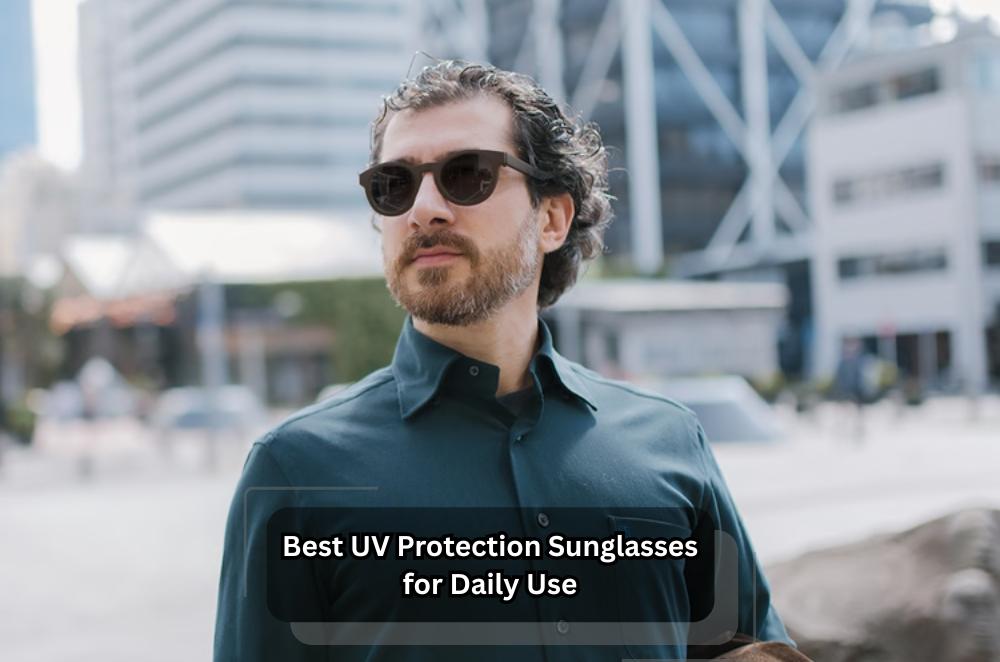Best UV Protection Sunglasses for Daily Use

Bright Aussie sun is no joke, and neither is the glare bouncing off water, roads, and sand. We’ve all worn cheap sunnies that look the part but leave our eyes squinting and tired. The fix isn’t complicated: pick UV-safe lenses, comfortable frames, and tints that suit your day, not just your outfit. If you’re weighing options, start to discover the best sunglasses collection in Australia to set your baseline: protection first, then fit, then style. From long drives to beach runs, a reliable pair works hard every hour. We’re cutting through fluff here—what matters, what doesn’t, and how to make one good pair do the work of three, without fuss.
What makes sunglasses truly protective?
They need UV400 lenses and clear optics. Dark tint without certified UV protection is risky.
UV400 blocks 99–100% of UVA/UVB, which bodies like the WHO and Cancer Council Australia flag as essential for eye health. Optical-grade clarity matters too: warped lenses force your eyes to fight focus, causing fatigue. Polarisation reduces harsh reflected glare from water and roads, but it’s the sidekick to UV, not a substitute. A mild wrap or decent side coverage stops stray light from sneaking in from the edges. For all-day outdoor work, that combo—UV, clarity, coverage—keeps eyes comfortable and alert.
• Look for UV400 labelling
• Check for edge distortion
• Prefer coverage that limits side light
For a plain-English take on glare control, see the benefits of polarised sunglasses, then match features to your daily conditions. Australian Department of Health and RANZCO guidance both echo the same bottom line: protect first, then worry about fashion.
How should sunglasses fit for all-day comfort?
They should sit evenly and stably. Pinching or sliding indicates that the fit is incorrect.
Balance is everything. Weight should spread across the bridge and temples, not dig into one spot. Nose pads (or a well-shaped bridge) keep lenses centred, no lash rub. Spring hinges help with on–off wear and reduce frame stress. Materials matter too: lightweight, skin-friendly plastics or stainless steel avoid sweat rash and pressure hotspots. If you’re wearing a cap or helmet, the temples should tuck cleanly underneath without lifting the frame. Universities highlighting sustainable design point to modular parts for easy repairs, good for comfort and the planet.
• Temples snug, never pinching
• Lenses centred with full coverage
• No wobble when you nod
Which lens tint works best in day-to-day use?
Match tint to task. Grey/green remains neutral; brown enhances contrast; amber helps in flat lighting.
Driving under harsh midday sun favours grey or green tints, which cut brightness without skewing signal colours. On trails or water, brown pulls detail from shadows and surface texture. Dawn, dusk or overcast? Amber or rose lifts the definition in low contrast. If you’re in and out all day, photochromic lenses save you the hassle of swapping. Polarised lenses reduce reflections off wet roads and waves, provided UV protection is certified. It’s a simple matrix: environment, task, then tint—choose the one that makes edges and depth easier to read so your eyes do less work.
Conclusion: One good pair can carry you from weekday commute to weekend coast run if it nails the basics: UV400 protection, stable fit, and the right tint. Keep the frame comfortable, keep the optics clean, and let the lenses do the heavy lifting. For a straightforward wrap on daily eye safety and smart selection, finish with protecting your eyes with sunglasses.




